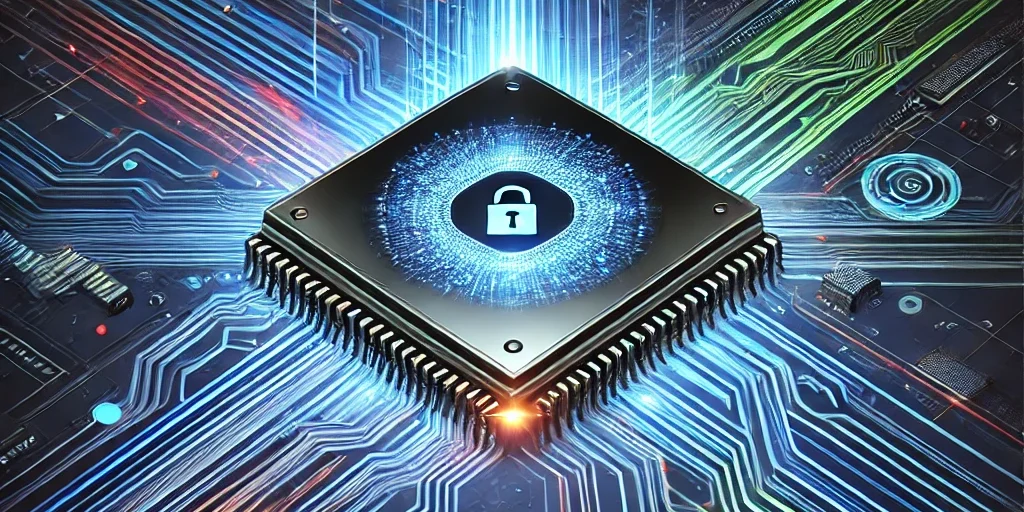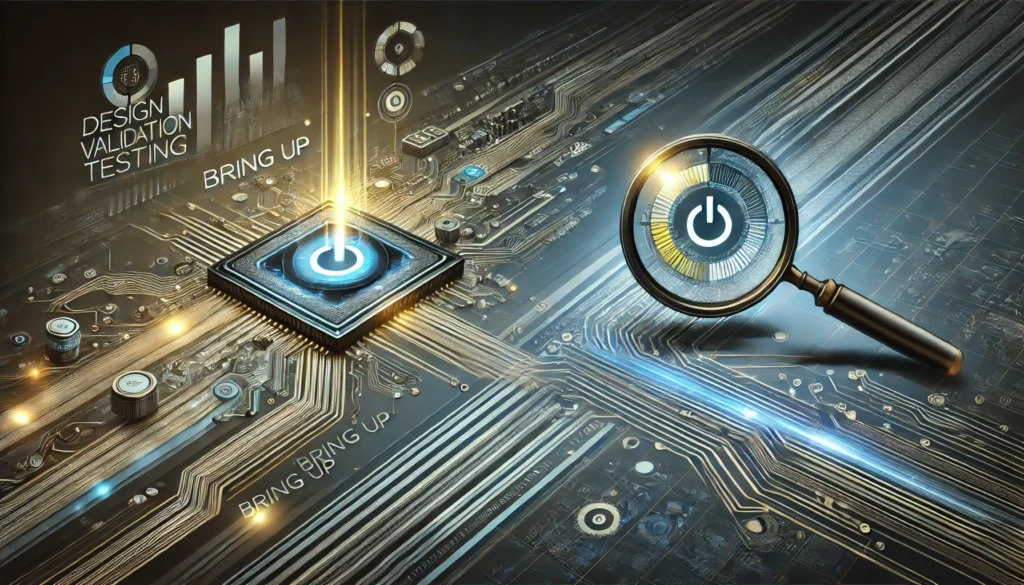In an increasingly digital world, protecting our data and digital assets is as crucial as safeguarding valuables in a safe. Just as a robust safe secures gold and jewelry, hardware plays an essential role in ensuring security and trust in our digital operations. In this article, we explore how hardware acts as an enabler, an enhancer, and a first line of defense against threats, as well as the challenges faced in designing and implementing secure devices.
Hardware as an Enabler of Digital Security
Imagine you’ve developed a sophisticated cryptographic algorithm or implemented a secure protocol to protect your information. No matter how robust the software or encryption techniques, without reliable hardware to execute these functions, the entire system becomes inoperable. Hardware is the foundation of digital security: without computers, processors, and physical devices, there is no way to process information or ensure secure communication. In this way, hardware serves as an indispensable facilitator for computing and safe data exchange.
The Importance of Hardware as an Enhancer
Beyond enabling the execution of software and secure protocols, custom hardware often delivers superior performance compared to solutions based solely on software. This optimization is reflected in:
- Processing Speed: Specialized devices can execute cryptographic operations much faster.
- Energy Efficiency: Hardware solutions can significantly reduce power consumption, which is crucial for mobile devices and embedded systems.
- Reduced Latency: Integrating security functions directly into the hardware decreases system response times, thereby enhancing the user experience.
This approach not only improves performance but also strengthens the security layer, ensuring that critical operations are executed quickly and efficiently.
Integrated Hardware: Enhanced Security
Technological advancements have enabled the incorporation of security components directly into devices. A prominent example is the Trusted Platform Module (TPM), which acts as a sort of “guardian” for the system. In many modern solutions, if authentication via the TPM or biometric co-processors fails, access to the central processor is denied, creating an effective barrier against intrusions.
In addition to TPMs, other technologies—such as cryptographic co-processors and random number generators (both true and pseudo-random)—are being integrated to accelerate and bolster security processes. These innovations illustrate how hardware can provide extra layers of defense that complement software mechanisms, creating a safer digital environment.
Challenges in Designing Secure Hardware
Despite the advances, designing secure hardware is no easy task. Just as a poorly designed safe that reveals its combination can compromise security, hardware with design flaws can become the system’s weakest link. Among the challenges engineers face are:
Protecting Intellectual Property
Hardware designers must ensure that their intellectual property is safeguarded against unauthorized copying, counterfeiting, and misuse. Techniques such as digital watermarks, electronic fingerprints, and hardware metering are used to mitigate these risks.
Securing Data
Devices store and process sensitive information that can be targeted by physical and side-channel attacks. It is crucial to implement measures that protect memory and other components from having confidential data extracted.
Implementing Security Primitives
To elevate security levels, it is essential to integrate security primitives directly into the hardware. This includes using TPMs and developing embedded cryptographic algorithms that speed up data validation and authentication.
Monitoring and Adapting to New Technologies
The constant evolution of technology can introduce new vulnerabilities or, conversely, offer features that enhance security. Therefore, hardware professionals must stay informed about innovations and continuously adjust their designs to ensure long-term security.
Conclusion: An Essential Investment for Digital Trust
Over the past years, the importance of hardware in digital security has become undeniable. Whether acting as a fundamental enabler for executing secure algorithms, as an enhancer that boosts system performance, or as an initial barrier against intrusions, hardware plays multifaceted roles that protect our data and systems.
For technology professionals and enthusiasts alike, investing in secure hardware design is not merely a technical challenge—it is a commitment to maintaining the integrity and reliability of digital solutions. As technology advances, it is essential to continue refining our devices and remaining vigilant against new threats, ensuring that digital trust is always upheld.
Related Articles
To further explore topics related to the role of hardware in digital security and trust, check out the following articles:
- “Hardware Trojans and Trusted Integrated Circuits: Unraveling Hardware Security”: Learn about the importance of trusted circuits and Trojan detection in building secure systems.
- “Protecting Your Circuits: Practical Techniques Against Hardware Trojans”: Discover practical strategies to safeguard circuits against hardware Trojans and enhance security.
- “FPGAs in Security and Trust: Innovations and Advantages”: Explore how FPGAs contribute to improving security and performance in modern systems.
- “Integrated Circuit Metering: Protecting Your Intellectual Property in the World of Chips”: Understand how metering and fingerprinting techniques protect intellectual property in hardware designs.
- “Unveiling Side Channel Attacks: Timing and Scan Chain Techniques”: Dive into side-channel attacks and countermeasures to secure hardware components and data.
These articles provide a comprehensive view of hardware security, offering insights into designing, protecting, and optimizing secure hardware systems.





